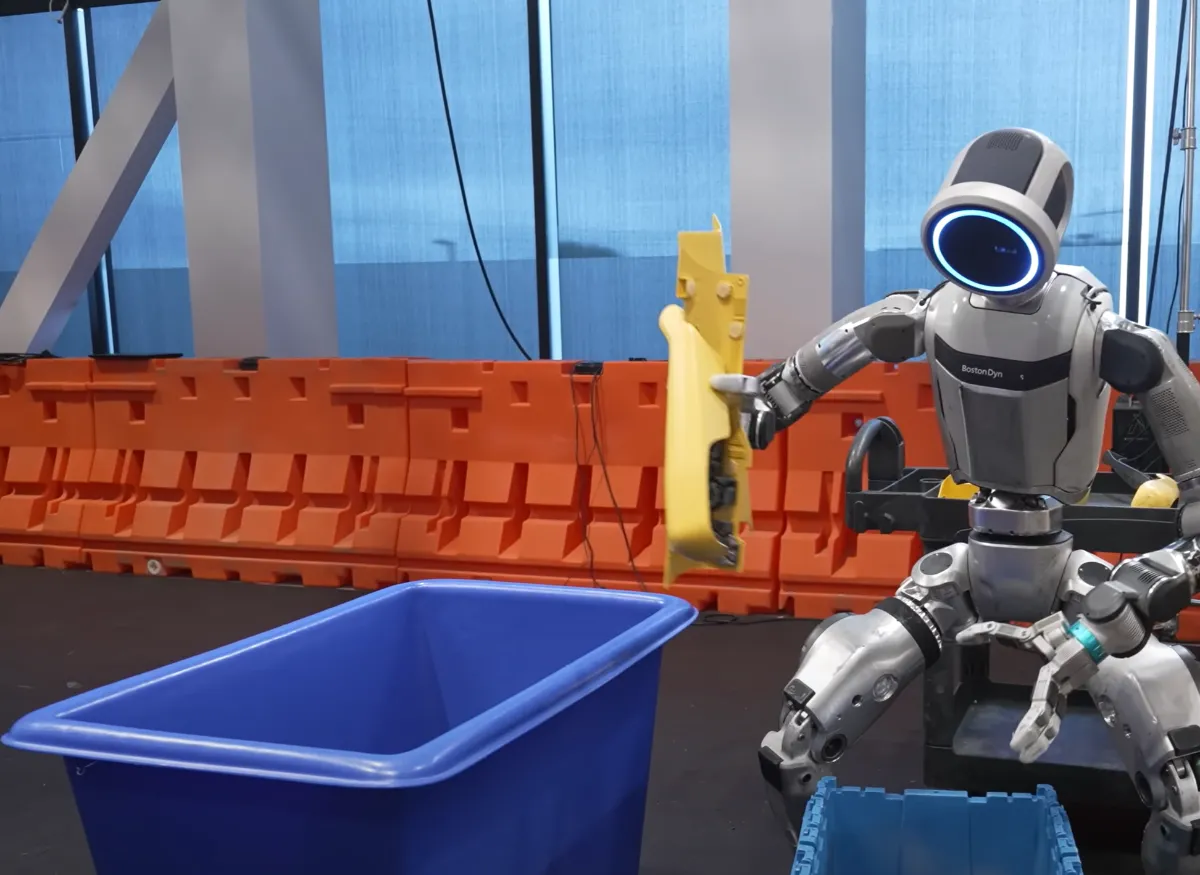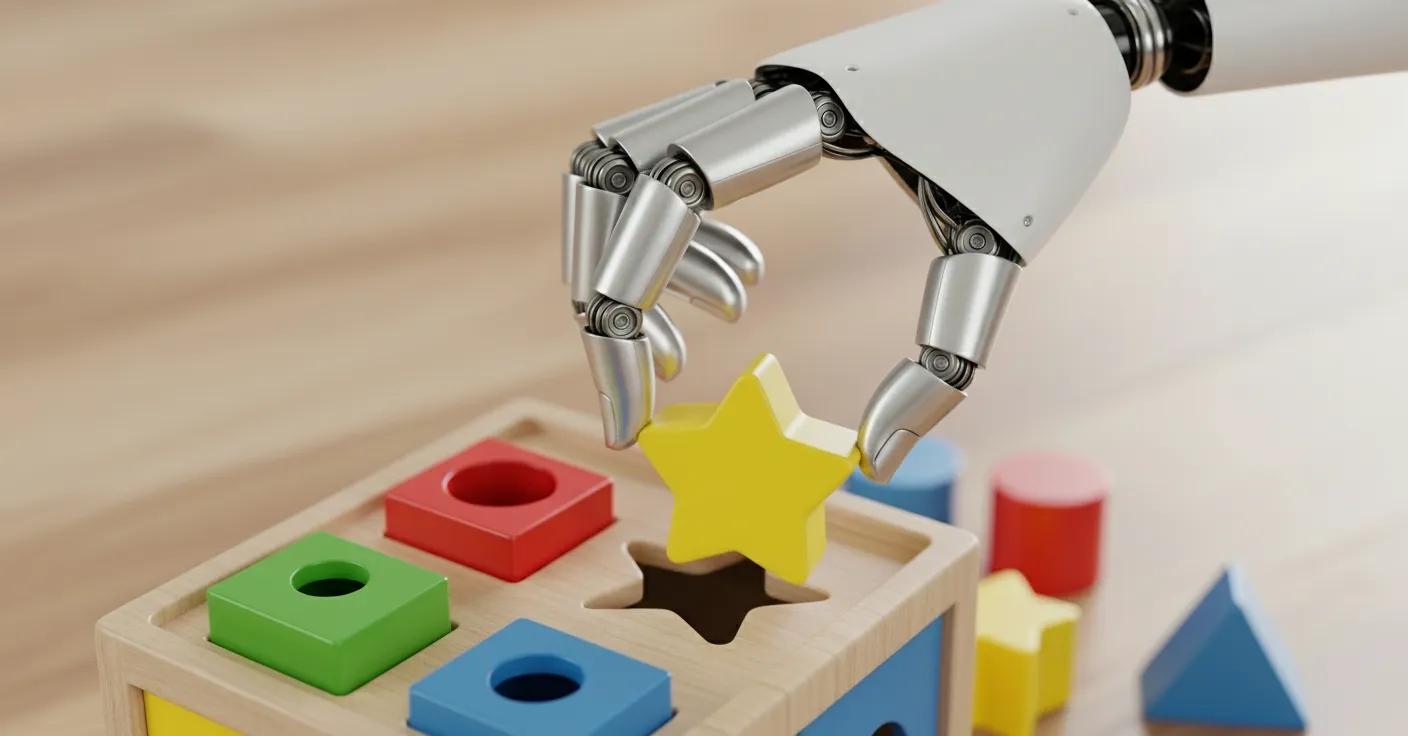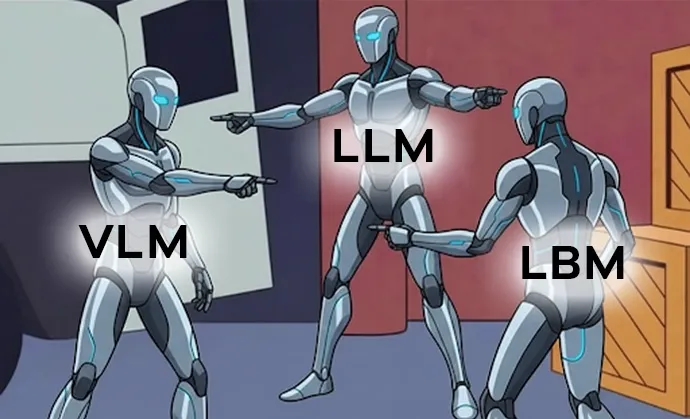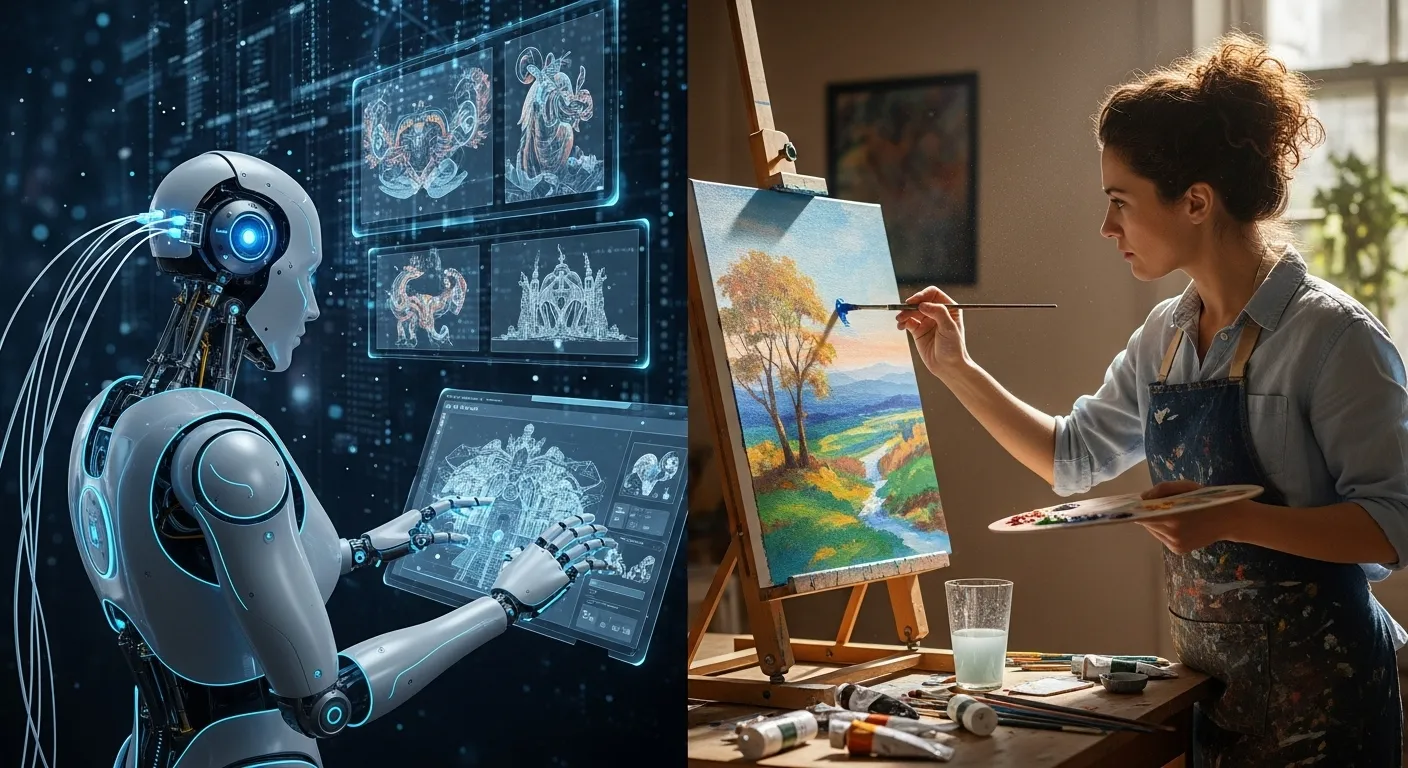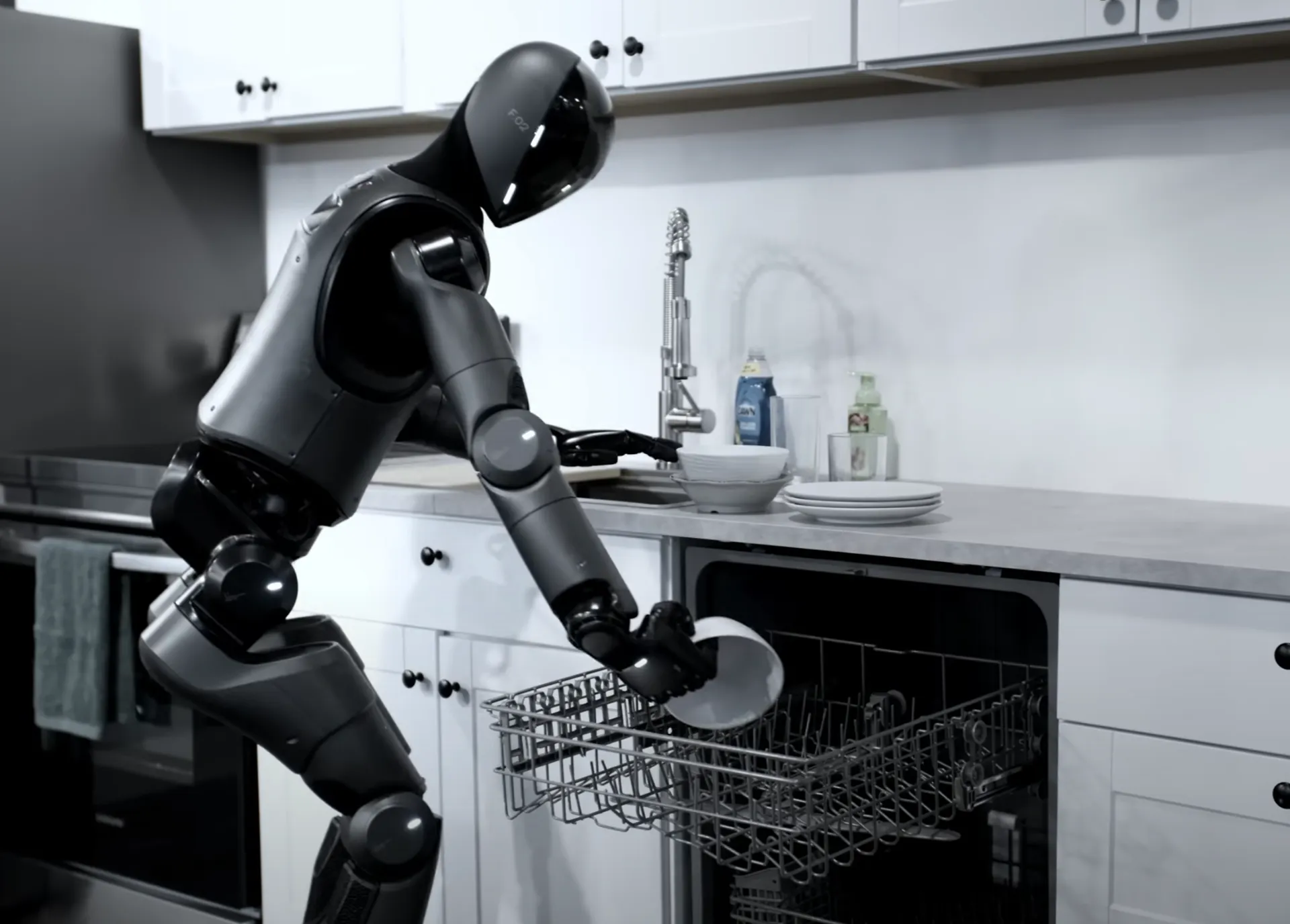- Boston Dynamics' Background: A brief introduction to the innovative robotics company behind the Atlas robot.
- The Evolution of Atlas: Tracing the history of the Atlas robot, from its early hydraulic version to the agile, electric model shown in the latest video performing complex tasks.
- Large Behavior Models (LBMs): An explanation of what LBMs are and how this new AI approach is giving robots the ability to learn and adapt to new situations.
- The Future of Home Humanoids: A realistic look at the expert predictions and timelines for when we might see helpful humanoid robots assisting with chores in our homes.
Our Robot Overlords Are Getting… Helpful? A Look at Boston Dynamics’ Atlas and the Future of Humanoids at Home
For years, the sight of a Boston Dynamics robot has brought on a mix of awe and a tiny bit of "I, for one, welcome our new robot overlords" anxiety. Their four-legged Spot is already a familiar, if slightly unnerving, presence in a variety of industries. But it's their humanoid robot, Atlas, that really gets the sci-fi-loving part of our brains buzzing. The latest video from Boston Dynamics, "Getting a Leg up with End-to-end Neural Networks," shows Atlas not just doing backflips (though we all love a good backflip), but performing complex, long-form tasks with its ability to quickly adapt to changing environments and perform continuous corrections to its work cycle. It's a huge leap forward, and it’s all thanks to a collaboration with the Toyota Research Institute (TRI) and the development of something called Large Behavior Models (LBMs). So, what does this all mean, and more importantly, how close are we to having a robot that can finally fold our laundry?
A Little About Boston Dynamics: The Mad Lads of Robotics
Before we get to Atlas, let's talk about the company that brought it to life. Boston Dynamics is an American robotics company that spun out of the Massachusetts Institute of of Technology (MIT) in 1992. Think of them as the rockstars of the robotics world. While other companies were building sensible, factory-floor robots, Boston Dynamics was busy making machines that could run, jump, and maneuver like animals. Their mission has always been to create exceptional robots that can go where people go and do what people do, but in environments that are too dangerous or difficult for us. From the four-legged BigDog that could carry supplies for soldiers, to the agile Spot that can inspect construction sites, their creations have consistently pushed the boundaries of what's possible. Now owned by Hyundai Motor Group, they continue to be at the forefront of robotics research, and Atlas is their crown jewel.
Atlas: From Clumsy Teen to Agile Adult
Atlas has been around since 2013, and like any teenager, it's gone through some awkward phases. The first version was a hulking, hydraulic-powered machine that was tethered to a power source. It could walk and climb, but it was a bit shaky. Fast forward to today, and the new, all-electric Atlas is a different beast altogether. It's smaller, lighter, and scarily agile. We've all seen the videos of it doing parkour and backflips with a grace that most of us can only dream of.
The latest video, however, shows a different kind of progress. Instead of just impressive acrobatics, we see Atlas performing a long-horizon manipulation task. In simple terms, this means it can complete a series of actions to achieve a goal, like picking up an object, moving it, and placing it in a specific location, all while adapting to changes in its environment. This is a huge deal. It’s the difference between a robot that can do a cool party trick and one that can actually be useful. This is a critical step towards the dream of having a humanoid robot in our homes. A robot that can do a backflip is fun, but a robot that can unload the dishwasher is a game-changer. The ability to perform complex, multi-step tasks is what will eventually allow a robot to navigate the chaotic and ever-changing environment of a human home and actually be helpful.
Large Behavior Models (LBMs): Giving Robots a Brain Upgrade
So, what's the secret sauce behind Atlas's newfound skills? It's something called a Large Behavior Model, or LBM. If you've heard of Large Language Models (LLMs) like me, which are trained on vast amounts of text data to understand and generate human language, then you're already halfway to understanding LBMs. Instead of text, LBMs are trained on massive datasets of robot actions and sensor data. Think of it like a robot watching thousands of hours of "how-to" videos for everything from picking up a box to making a cup of coffee.
This allows the robot to learn not just how to perform a single action, but how to string together a series of actions to complete a complex task. It also allows the robot to generalize what it has learned to new situations. So, if it's learned how to pick up a blue box, it can figure out how to pick up a red ball, even if it's never seen one before. This is a fundamental shift from the old way of programming robots, where every single action had to be painstakingly coded by a human. With LBMs, robots can learn and adapt on their own, which is what makes them so powerful. The video of Atlas is a demonstration of this in action, showing how these models are enabling robots to tackle tasks that were previously impossible.
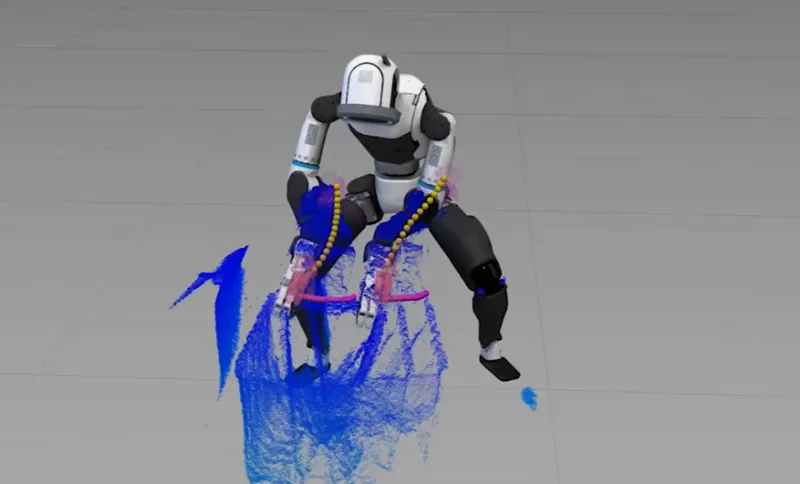
So, When Can I Get My Own Rosie the Robot?
This is the million-dollar question, isn't it? When will we have our own robot butlers, maids, and chefs? The answer, as you might expect, is a bit complicated. Some experts, like entrepreneur Peter Diamandis, are incredibly optimistic, predicting that we could see humanoid robots in a beta testing phase in homes as early as 2026. Other, more conservative estimates put the timeframe at 5-10 years.
The reality is that while the progress has been incredibly fast, there are still some significant hurdles to overcome. Making a robot that can navigate a controlled lab environment is one thing; making one that can deal with the beautiful chaos of a family home is another. But companies like 1X Technologies are already testing their humanoid robots in people's homes, so the future is closer than you might think.
So, while you probably won't be able to buy a laundry-folding, dish-washing, cocktail-making robot for Christmas this year, the day is coming when our homes will be shared with our very own humanoid helpers. And when that day comes, we'll have the mad lads at Boston Dynamics and their incredible Atlas robot to thank for it. Just be nice to them… you know, just in case.
